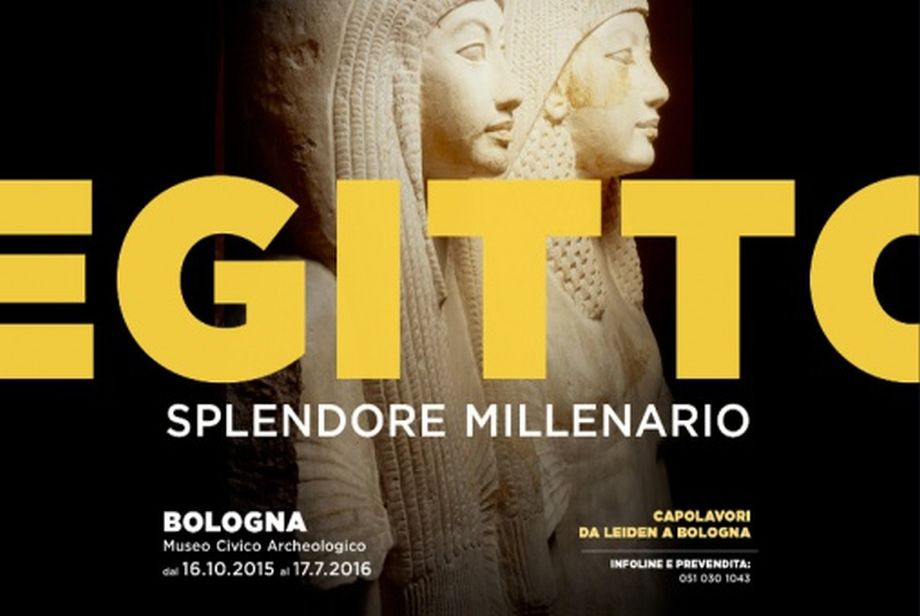The Great London [Search results for interior]
Modern Hospital in Birmingham

The New Lighting Shop: Atrium

Great Legacy: Fossils and minerals take the antiques market by storm

Early Humans: Modern humans out of Africa sooner than thought

Environment: World's largest canyon may lie under the Antarctic ice sheet

More Stuff: 'Egypt: Millennia of Splendour' at the Museo Civico Archeologico in Bologna

Greenland: Huge ancient river basin explains location of the world's fastest flowing glacier

Early Humans: Evidence of oat grinding by Stone Age hunter-gatherers found in Italy

Basketball Arena for the London Olympic Games

United Kingdom: Ancient clay figurine repatriated to Cyprus from UK

Environment: New Ice Age to begin by 2030?
